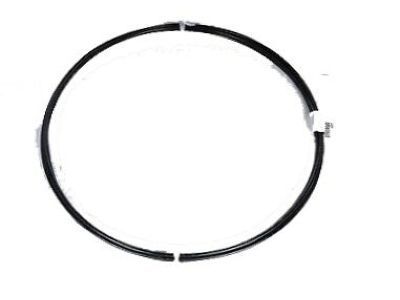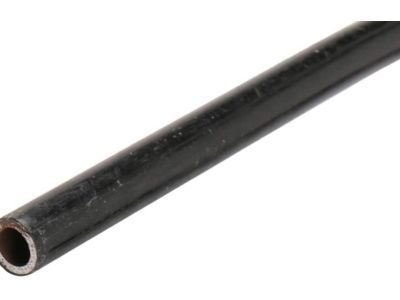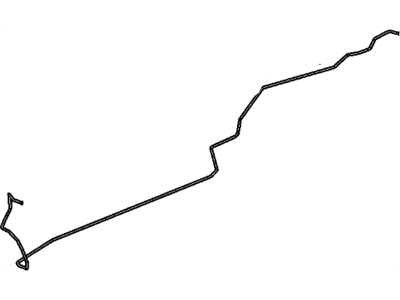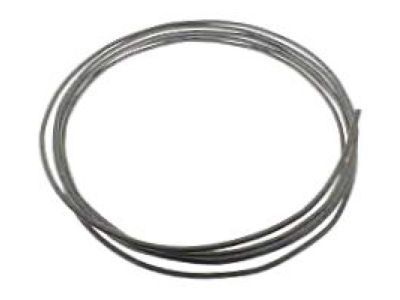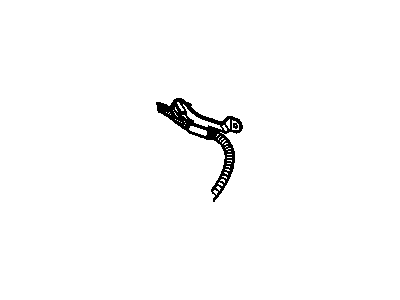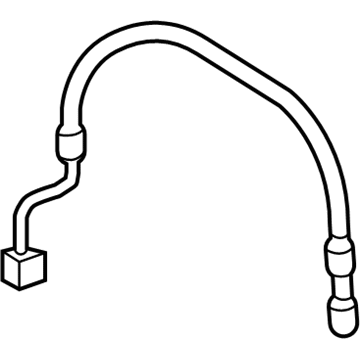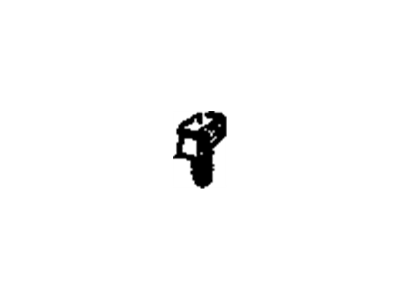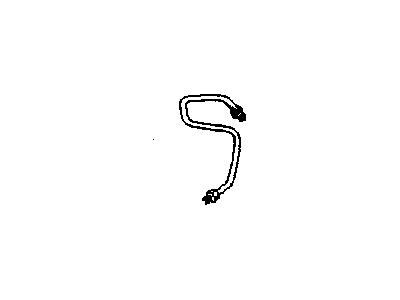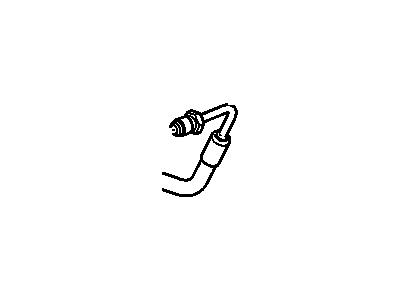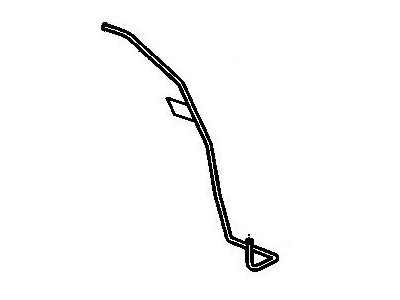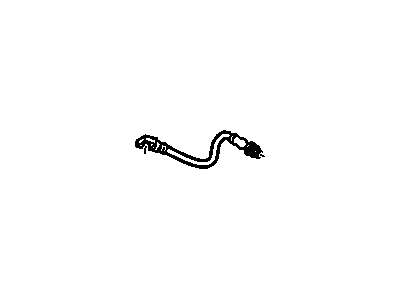
My Garage
My Account
Cart
Genuine Chevrolet Monte Carlo Brake Line
Brake Hose- Select Vehicle by Model
- Select Vehicle by VIN
Select Vehicle by Model
orMake
Model
Year
Select Vehicle by VIN
For the most accurate results, select vehicle by your VIN (Vehicle Identification Number).
42 Brake Lines found
Chevrolet Monte Carlo Pipe,Brake
Part Number: 88983905$68.37 MSRP: $134.44You Save: $66.07 (50%)Ships in 1-3 Business DaysChevrolet Monte Carlo Pipe,Brake (Bulk Tubing 5/16" 8Mm)
Part Number: 12541500$39.99 MSRP: $63.76You Save: $23.77 (38%)Ships in 1-3 Business DaysChevrolet Monte Carlo Hose Assembly, Front Brake (Rh)
Part Number: 10112054$22.74 MSRP: $42.90You Save: $20.16 (47%)Ships in 1-2 Business DaysChevrolet Monte Carlo Hose Asm,Front Brake
Part Number: 19169839$11.76 MSRP: $22.19You Save: $10.43 (47%)
| Page 1 of 3 |Next >
1-20 of 42 Results
Chevrolet Monte Carlo Brake Line
The Chevrolet Monte Carlo Brake Line is an important part which translates brake fluid from the master cylinder to the brake caliper pistons to make the hydraulic braking work. Steel brake line is vulnerable to corrosion and mechanical shocks to the extent that fluid leakages and loss of pressure might result. It also affects its brake through both its physical and internal like brake hoses, which can be damaged. On occasions where replacement is necessary, pre bent brake line kits and many other corrosion resistant Stainless Steel hoses are used in Quick Fitments. Switching to the braided stainless steel hoses can give a more tactful brake pedal, which would come in handy for the spirited driving.
Each OEM Chevrolet Monte Carlo Brake Line we offer is competitively priced and comes with the assurance of the manufacturer's warranty for the part. Furthermore, we guarantee the speedy delivery of your orders right to your doorstep. Our hassle-free return policy is also in place for your peace of mind.
Chevrolet Monte Carlo Brake Line Parts Questions & Experts Answers
- Q: How to inspect and replace flexible brake hoses and Brake Line on Chevrolet Monte Carlo?A:After every six months, the vehicle should be lifted and secured on jack stands so as to inspect the flexible hoses that connect the front and rear brake assemblies with the steel brake lines. Such hoses need to be examined for any cracks, outer cover chafing, leaks and blisters among others. It might be necessary to use a light and mechanics mirror in order to carry out a comprehensive inspection. In case one of these hoses has any defects, it must be replaced. To install a new hose, start by cleaning all dirt from its ends, then trace the path of the hose from the metal line up to the brake caliper while removing any brackets that may hold sections of it onto other components. Unscrew the hose from both ends-caliper and brake line-ensuring that you get rid of the sealing washers. Use new sealing washers to attach your new brake hose into either caliper or wheel cylinder. Then re-attach it to metal line such that it is correctly routed without twisting it. Install additional hose brackets, check if there is enough fluid in master cylinder reservoir and if not top it up; next bleed the system (brake fluid) and test them before putting back into normal driving conditions again. When replacing brake lines, use only approved parts and do not use copper tubing. These pre-fabricated lines can be bought from auto parts stores as well as dealer parts departments. They are designed such they can be bent properly using a tubing bender. After installing these lines make sure you have checked whether there is enough fluid in master cylinder reservoir; add if necessary; bleed off air pressure from braking system completely before switching on ignition (in short).
